If you've ever visited a beach or amusement park, there's a good chance that, at one point or another, you have encountered metal detectors. They are used to detect the presence of metal objects and can help with security in many situations. But how do metal detectors work? What makes them so effective in metal detecting? In this blog post, we will explore what exactly goes into making a metal detector function properly, from the technology behind it to the way it is designed and implemented. Read on to learn all about metal detector backpack and how these incredible devices detect metal!
What is a Metal Detector?
A metal detector is a device designed to detect metal in different materials or objects. So, if you are wondering how metal detectors work, here's the answer. They work on the principle of electromagnetic induction, whereby a magnetic field is created. Any metal object within the range of that field will create disturbances in it, which can then be detected by the metal detector. So, a metal detector works using magnetic field technology. These devices are commonly used in various applications, from security and military applications to hobbyists trying to find lost treasures.
Metal detectors typically consist of a control box, a transmitter coil, a receiver coil, and a shaft. The transmitter coil creates the electromagnetic field, while the control box contains the circuitry that detects the disturbances in that field. The shaft connects the two components and allows the user to move the search coil over the ground or other materials of interest. Be it Garrett metal detectors or PI detectors, all follow the same principle of magnetic fields and digital signal processing to detect metal.
These are versatile devices with a wide range of applications in several industries. They are useful for detecting metal objects in various contexts, making them an essential tool for security personnel, treasure hunters, and archaeologists. Understanding the basic principles of operation of a metal detector is crucial in choosing the right device for a particular application.
What are Metal Detectors Used For?
Metal detectors are primarily used for detecting the presence of metal objects in a given vicinity or area. These devices work on the principle of electromagnetism. The metal detector technology these devices use is electromagnetic waves. They are used extensively in various fields, including archaeology, security, law enforcement, mining, treasure hunting, and construction.
Archaeologists use detectors to find historical artifacts and relics from past civilizations. This helps them understand more about ancient societies' history and social aspects. Security personnel use metallic detectors at airports, public events, and other high-traffic locations to screen people for dangerous weapons or other metallic objects that may threaten public safety. Law enforcement agencies also use detectors to search for guns, knives, and other metallic objects that may be involved in a crime.
Mining industries use metal detectors to detect metallic ores and minerals buried underground. This helps them find the precise location of the minerals and avoid any metallic objects that may cause damage to the mining equipment. Treasure hunters and hobbyists also use metal detectors to find lost jewelry, coins, and other valuable items buried in the soil or sand.
In construction, metal detectors locate metallic objects, such as pipes or wires, embedded inside walls or underground. This helps the workers to avoid damaging these objects while preparing the site for construction. Moreover, metal detectors are also used in the food industry to detect metal contaminants in food products, which can cause harm to humans if consumed.
These devices offer a non-destructive and efficient way of metal detection, thereby ensuring the safety and security of people and equipment. So, if you work in one of the industries, you should know how metal detectors work and should be aware of accessories for metal detectors.
How Do Metal Detectors Work?
Metal detectors have a simple working principle that employs the physics of electromagnetism. Here's how metal detectors work, starting from their basic components and how they sense metals.
A metal detector is composed of three fundamental parts. First, it has an oscillator that produces an alternating current that goes back and forth through the coil. Second, it has a coil made of wire that serves as a sensor. This detects the presence of a metallic object by creating an electromagnetic field when the alternating current or reflected pulse passes through the coil. The third part is a control box that filters the signals, amplifies the audible signal, and communicates to the operator using an audio or visual indicator.
Working of A Metal Detector
When the search coil of a metal detector encounters a metallic object (such as a coin or jewelry), the electromagnetic field it creates also penetrates the metal. The presence of the metal alters the electromagnetic field's oscillations, creating a fluctuation that is audible through the control box. This causes an audio signal or a visual display to alert the operator to the presence of metal.
However, the quality of the signal and sensitivity of the metal detector can be affected by the conductivity and composition of the soil it uses. For instance, beaches are considered good areas to use a metal detector as wet sand is generally less conductive than dry sand or heavily mineralized soil.
The coil and electromagnetic field created by the oscillator and control box allow for the detection of metal objects. So, if you are wondering how metal detectors work, now you know. With their simple yet effective design, metal detectors have become essential in various fields, from adventure seekers searching for treasure to the security industry that employs them to detect dangerous contraband. So, if you are looking for the best metal detector to find valuable metals, look for its working principle.
Parts of Metal Detectors
To better understand how metal detectors work, it is important to know about the various parts that make up these devices.
Control Box: This is the metal detector's central processing unit containing the circuitry and controls. It is responsible for detecting metals and then signaling the metal detector's operator about the presence of metal.
Search Coil: It is the essential part of a metal detector that emits an electromagnetic field and detects the metal's reflection that comes back to the detector.
Shaft: The shaft is the part that connects the control box and the search coil; it allows the detector to be extended, adjusted to different lengths, and operated comfortably.
Batteries: Metal detectors require power, and batteries provide it. Batteries can be a separate component or built-in within the control box itself.
Headphones: Headphones allow the operator to hear the metal detector signal clearly, especially in noisy environments.
Discrimination Control: Discrimination controls help to eliminate unwanted trash from the metal detection process, only allowing the desired target to be detected.
Some detection devices come with electric motors, beat frequency oscillators, and other components.
Understanding the different parts of metal detectors can give one a better insight into how metal detectors work and, consequently, how to operate them effectively.
What are the Different Types of Metal Detectors Used To Locate Metal Objects?
Various types of metal detectors are designed to cater to specific needs, depending on their intended use. Some detectors work on the same frequency, while others work on a different frequency that forms the basis of their classification. The four main types of metal detectors are:
Very Low-Frequency- VLF Metal Detector: These metal detectors are commonly used to detect coins, jewelry, and relics. They work by emitting a low-frequency signal that can pick up the conductive properties of metals from the ground penetrating radar.
Pulse Induction- PI Metal Detector: PI metal detectors use quick pulses of electricity in a search coil to generate a magnetic field, which generates a signal when it comes into contact with metal. These detectors are perfect for detecting objects in soil or water.
Beat-Frequency Oscillation (BFO) Metal Detectors: This type of detector works by emitting two different frequencies, one fixed and one variable, which then produces a beat frequency when it comes into contact with metal. These types of detectors are best suited for beginners and for detecting large objects.
Multi-Frequency Metal Detectors: These are the most advanced metal detectors available. They are capable of operating at several frequencies simultaneously, which makes their detection and identification much more accurate. They are great for professional treasure hunters looking for specific types of metal at various depths.
VLF detectors and hand-held metal detectors for gold detecting are some other metal detectors available.
Conclusion
After taking a look at how metal detectors work, it's clear to see that they are remarkable devices. As a low-cost line of defense against threats such as weapons and other dangerous items, they provide an excellent security system that is both efficient and safe. Their ability to sense the electronic signals emitted by metal items makes them valuable assets for detecting suspicious objects during airport searches and retail checks. Metal detectors are also very useful for recreational activities such as treasure hunting on beaches and parks. The combination of accuracy and portability makes metal detectors an indispensable tool for finding valuable lost items as well as avoiding accidental intrusions of metallic materials into sensitive environments. With the continued advancement of technology, future generations have a bright outlook when it comes to uncovering new treasures with the help of reliable metal detectors.





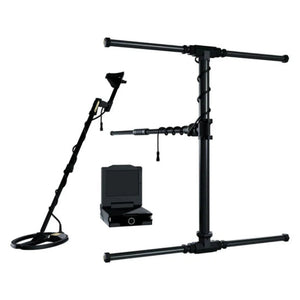

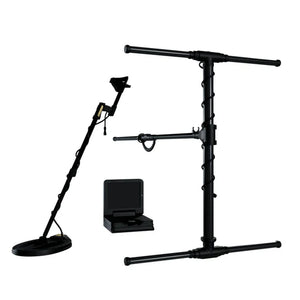
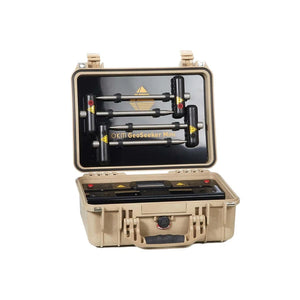
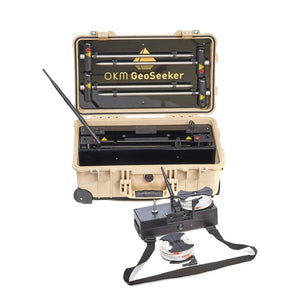
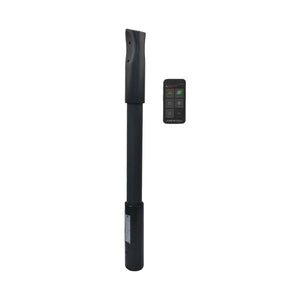
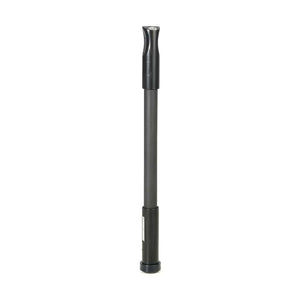
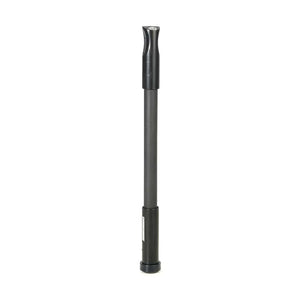
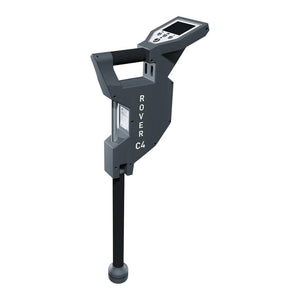
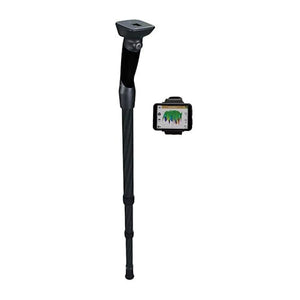
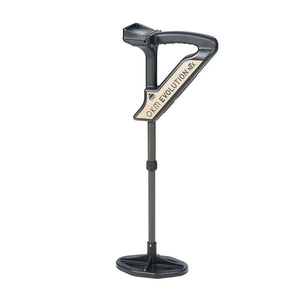
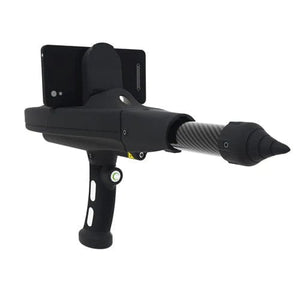
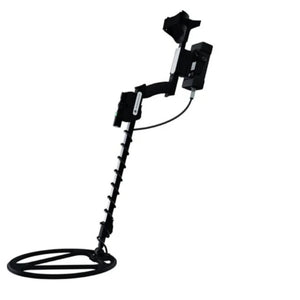

Leave a comment